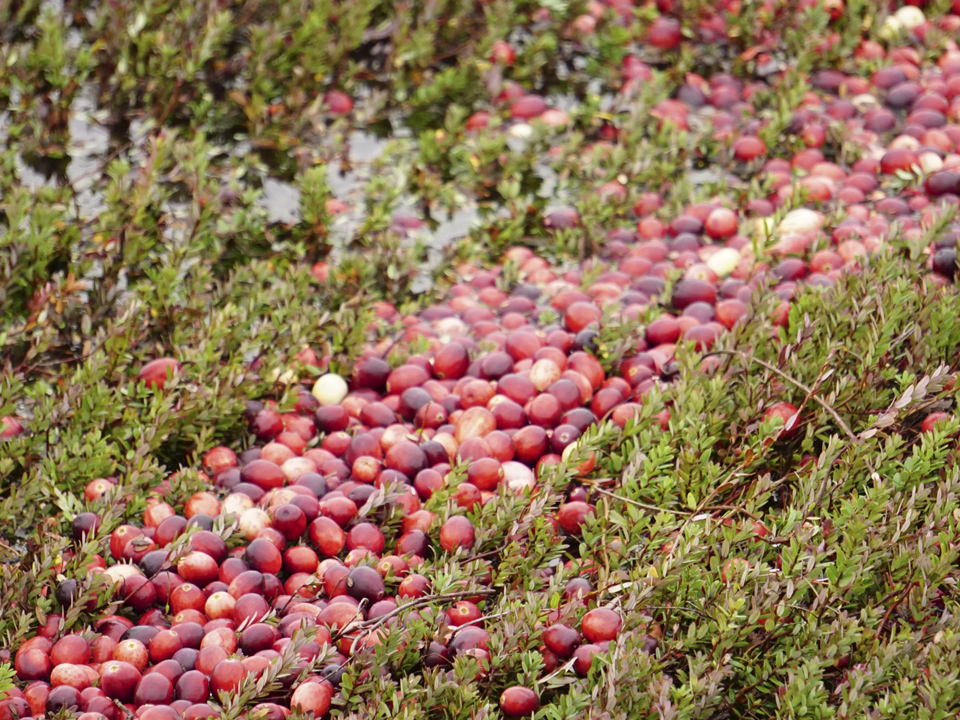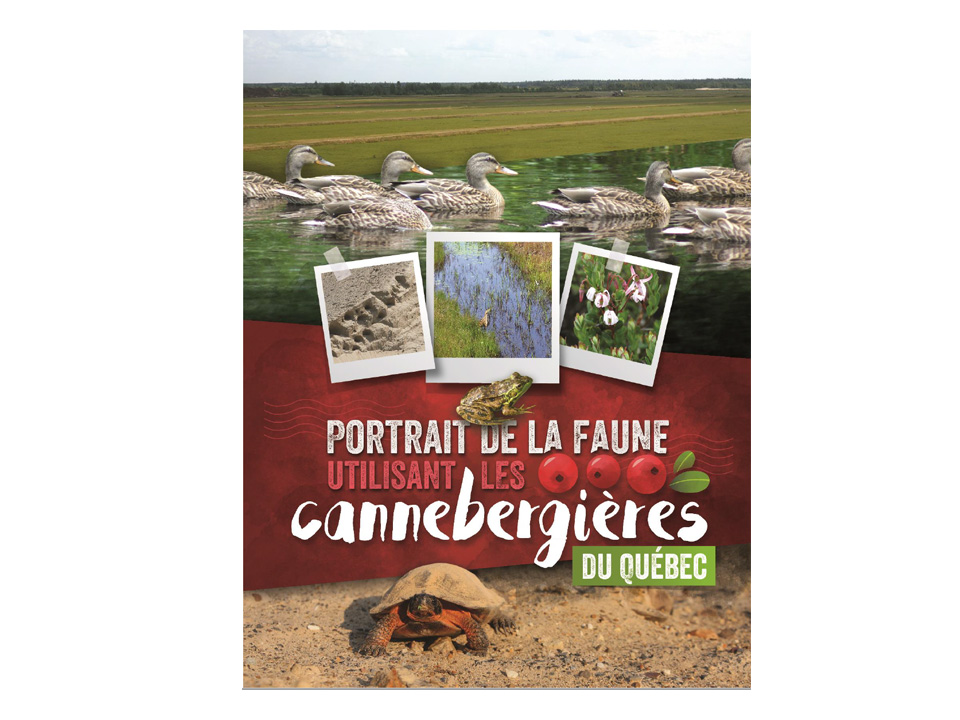
Environment

Cranberries are red, but the production is green
As scientific knowledge has increased, along with technological advancements, growers have adopted more appropriate and environmentally responsible growing methods.
Conserving Natural Habitats
A minimum of 30% of the area of each cranberry farm is conserved in its natural state in order to protect the species found there to take refuge and stimulate interconnectivity among various habitats and the free movement of animals. A variety of animal and vegetal specie can thus develop.
Prudent Water Usage
The research efforts of Dr. Jean Caron of the CRNG-Hortau Industrial Research Chair for Precision Irrigation at Laval University have changed our irrigation methods. Today, tensiometers planted in the soil transmit information concerning soil moisture to smart devices. At certain levels, pumps are turned on to meet the plants water needs. This new procedure has created important savings in diesel fuel for the pumps in addition to improving crop yields.
For more details (French only): Visit website
Active Wildlife
The recent portrait of wildlife in cranberry production has allowed for the discover of various vulnerable species in danger of extinction that have adopted cranberry bogs as their habitat. The presence of lakes and water reservoirs attracts notably various species at risk or of regional interest using cranberry farms for at least one of their life cycles, namely reproduction. Following recommendations released from the Bureau of Applied Ecology (Bureau d’écologie appliqué), nesting boxes and other installations promoting these species have been set up on the farm sites.
Integrated Pest Management
Integrated Pest Management (IPM) methods allow for a reduction in the use of crop protection products and in the risks to human health and that of the environment. We use this approach to encourage the development of natural processes in the fight against parasites. In addition, thanks to the climatic conditions in Quebec, many insects do not survive winter. Cold temperatures also prevent the development of diseases and destructive organisms in cranberries that are found in other North American-growing regions. IPM promotes healthy and ecological production methods.
Priority of Biodiversity
Creating a water reservoir (lake) and integrating various habitat improvements are key to promote wildlife diversity. Other criteria (substrate, area, type of production) are less significant for use by wildlife.
Prevention
Scouting is completed every week in the bogs to eradicate the source of reproduction in destructive insects. Following recent research projects, insects beneficial to the crop are used to fight against cranberry pests.
Increased Biodiversity
With the presence of lakes or reservoirs, cranberry farms are resting areas for certain species of migratory birds and privileged home to rare animal species (wood turtle). The water reservoirs welcome, throughout the seasons, various birds, amphibians and other animal species. Older cranberry farms offer even greater diversity as during the course of the years the wildlife has settled in and made it home.


